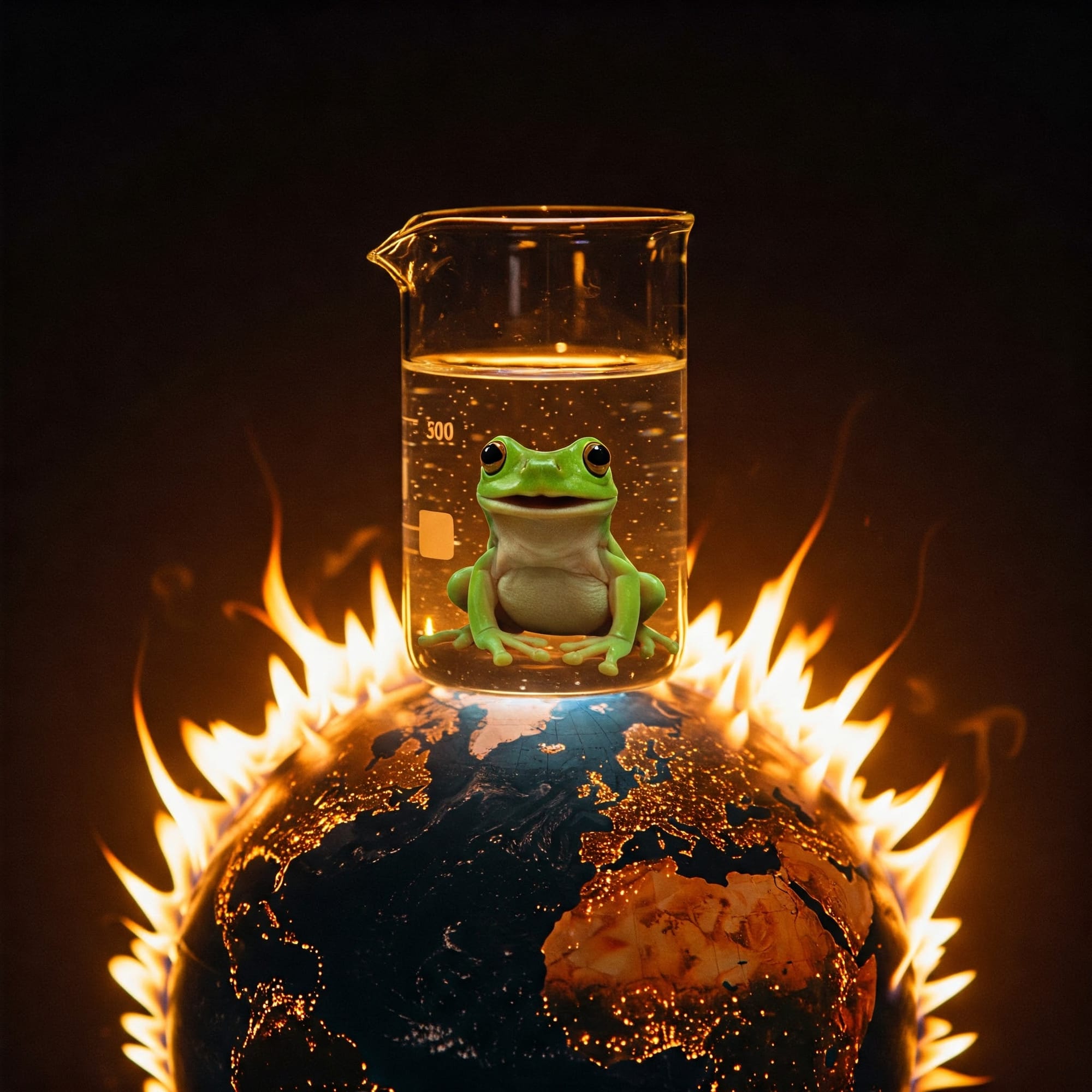Texas
This was a hard one. I poured hours into researching it and gathering citations, but writing it felt heavy and joyless, because it’s all so unbelievable. Thanks for being here. Joe
Cutting government “waste” sometimes means cutting the people who tell us when we’re about to face disaster.
Texas has been devastated by historic floods. Now questions are surfacing about whether Musk’s push for “efficiency” left the weather service too thin to warn people in time. The cost of smaller government can sometimes be measured in lives.

Texas is beginning to dry out this month, though “dry” hardly seems the right word for a place that just saw rivers running through neighborhoods and entire communities submerged under floodwaters. As of Friday, July 11, 2025, at least 121 people have been confirmed dead statewide, with more than 170 still missing. Most of the missing are from Kerr County, which suffered the worst of the flooding.
A significant number of those deaths—at least 27—occurred at Camp Mystic, a girls’ summer camp in Kerr County. Six campers and counselors are still unaccounted for. Search and rescue efforts are ongoing, but hopes of finding survivors are fading as the search enters its eighth day. Debris, damaged roads, and hazardous currents have made recovery efforts slow and dangerous.
While the storm was an act of nature, another question is being asked: Did Elon Musk—yes, that Elon Musk—make the disaster worse?
Here’s why that question is on the table.
During the Trump administration, Musk briefly headed a federal task force called the Department of Government Efficiency, or DOGE. Its goal was to reduce government spending and cut what it labeled as “waste.” But when DOGE targeted the National Weather Service (NWS) and NOAA—the agencies responsible for forecasting severe weather and issuing life-saving warnings—the cuts were significant.
Between 2023 and early 2025, NOAA faced around a 30% budget cut, and the NWS saw roughly a 20% staff reduction, leaving hundreds of meteorologist positions nationwide unfilled (The Daily Beast). In Texas, regional NWS offices like those in San Angelo, Austin/San Antonio, and Houston/Galveston were left understaffed—sometimes with only one or two forecasters covering entire regions as storms intensified (Livemint).
One crucial position left unfilled was the service coordination meteorologist. This isn’t just a forecasting role—it’s the person who takes complex weather models and translates them into clear, urgent messages for local officials, emergency managers, and media outlets. In the Austin/San Antonio office, for example, that job was reportedly vacant for over a year because of DOGE-related hiring freezes. Without someone in that role, forecasters were left trying to manage both the science and the communication—a tough combination during fast-moving weather crises.
“At least one critical National Weather Service office in Texas had been operating without a service coordination meteorologist for over a year due to hiring freezes tied to DOGE policies, leaving a vacuum in the essential job of distributing flood warnings to local emergency managers.” (The Daily Beast)
Meteorologists normally work as a team. Some focus on analyzing radar and models, while others handle communications, phone calls, and public messaging. When the team is half-staffed—or missing a key communicator—information can slow down. Warnings might be delayed. And in a flash flood, minutes can be the difference between property damage and the loss of lives.
In this case, the forecasts existed. But because of staff cuts and vacant positions—especially in roles meant to communicate with local officials and the public—the warnings didn’t always get distributed as quickly or as clearly as they should have. People didn’t always get the urgent message in time, even though meteorologists saw the storm coming.
Some officials and meteorologists caution against placing all the blame on staffing shortages. They note that local NWS offices did issue flood watches and warnings in the days before the worst flooding, and that even a fully staffed agency might not have prevented a disaster of this scale (Politico). They’re not wrong. Texas weather has always been severe, and some storms can overwhelm even well-prepared systems. Still, the difference between survival and tragedy often hinges on timely, clear communication—the right warning at the right moment telling people, Get out now.
And while some warnings did go out, there’s evidence they were less precise or less urgent than they might have been. At Camp Mystic, families were caught off guard when the Guadalupe River rose overnight, turning a summer camp into a rescue operation with helicopters and boats searching for the missing (The Guardian).
This isn’t just a story about one flood, or one person’s time in government. It’s about how decisions in Washington ripple outward in ways few people anticipate. It’s about how the drive for “efficiency” and smaller government can sometimes weaken the systems meant to keep people safe. Cutting government might balance a budget—or look good on a campaign flyer—but the consequences often become visible only when a crisis hits.
We talk a lot in this country about what we “can’t afford”: healthcare, safe bridges, schools that pay teachers enough to stay. Yet tax cuts for billionaires continue, while essential services are stretched thin. The Texas flood is a stark reminder that sometimes, the cost of efficiency isn’t dollars—it’s lives.
Texans picking up the pieces this month likely understand that all too well.
Appendix: On “Grok”
The word grok comes from Robert A. Heinlein’s 1961 novel Stranger in a Strange Land. It’s a Martian term meaning to understand something so thoroughly that you become one with it. Heinlein explained it this way:
“Grok means to understand so thoroughly that the observer becomes a part of the observed—to merge, blend, intermarry, lose identity in group experience.”
In modern usage, especially in tech circles, “to grok” means to grasp something deeply and intuitively. Elon Musk named his AI chatbot “Grok” as a nod to that concept.
